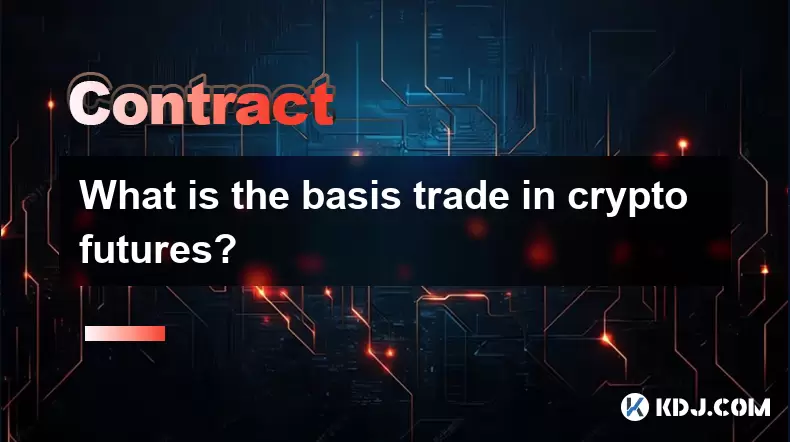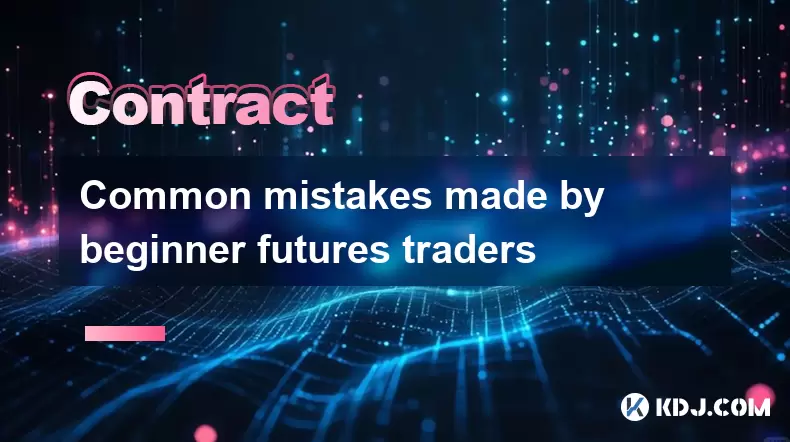-
 Bitcoin
Bitcoin $118,698.3676
0.16% -
 Ethereum
Ethereum $3,428.4877
5.97% -
 XRP
XRP $3.2496
9.52% -
 Tether USDt
Tether USDt $1.0002
0.00% -
 BNB
BNB $725.6930
4.36% -
 Solana
Solana $174.8923
4.52% -
 USDC
USDC $0.9997
-0.02% -
 Dogecoin
Dogecoin $0.2139
6.02% -
 TRON
TRON $0.3155
4.62% -
 Cardano
Cardano $0.8045
7.12% -
 Hyperliquid
Hyperliquid $46.6582
-1.72% -
 Stellar
Stellar $0.4676
0.80% -
 Sui
Sui $4.0143
0.38% -
 Chainlink
Chainlink $17.1546
2.97% -
 Hedera
Hedera $0.2458
3.27% -
 Bitcoin Cash
Bitcoin Cash $496.5967
-0.06% -
 Avalanche
Avalanche $22.8813
3.13% -
 Shiba Inu
Shiba Inu $0.0...01439
3.42% -
 UNUS SED LEO
UNUS SED LEO $8.8389
0.42% -
 Toncoin
Toncoin $3.2113
2.82% -
 Litecoin
Litecoin $101.2646
4.24% -
 Polkadot
Polkadot $4.2262
2.32% -
 Monero
Monero $340.4295
2.92% -
 Pepe
Pepe $0.0...01365
2.92% -
 Uniswap
Uniswap $8.9702
-2.78% -
 Bitget Token
Bitget Token $4.7675
2.00% -
 Dai
Dai $0.9998
-0.02% -
 Ethena USDe
Ethena USDe $1.0003
-0.04% -
 Aave
Aave $324.6394
-2.11% -
 Bittensor
Bittensor $433.6051
-0.88%
What is the basis trade in crypto futures?
Basis trading in crypto futures exploits price differences between spot and futures markets, offering low-risk arbitrage opportunities when executed properly.
Jul 14, 2025 at 03:00 pm

Understanding Basis Trade in Crypto Futures
Basis trade is a strategy commonly used in traditional futures markets and has gained popularity in the cryptocurrency space due to the volatility and price divergence between spot and futures prices. In the context of crypto futures, basis trade involves taking advantage of the price difference between the spot market (where actual assets are bought and sold for immediate delivery) and the futures market (where contracts are traded based on future delivery of an asset). The basis refers to the difference between the futures price and the spot price of a cryptocurrency.
This concept is particularly relevant in the crypto world where exchanges often list multiple futures contracts with varying expiration dates, and where price movements can be highly volatile. Traders who understand how to calculate and monitor this basis can potentially exploit arbitrage opportunities or hedge their positions more effectively.
How Is the Basis Calculated?
The basis is calculated using a simple formula:
Basis = Futures Price – Spot Price
When the futures price is higher than the spot price, the basis is positive, which is known as contango. Conversely, when the futures price is lower than the spot price, the basis is negative, referred to as backwardation. These conditions reflect market expectations about the future value of the asset and can change over time.
For example, if Bitcoin’s spot price is $60,000 and the 3-month futures contract is trading at $61,000, then the basis is +$1,000. If the same futures contract later drops to $59,500 while the spot remains at $60,000, the basis becomes -$500.
Monitoring these fluctuations allows traders to identify mispricings that may offer profitable trading setups without significant directional risk.
Executing a Basis Trade: Step-by-Step
To execute a basis trade, a trader typically takes offsetting positions in both the spot and futures markets. Here's how it works in practice:
- Identify a favorable basis condition: Look for situations where the futures price deviates significantly from the spot price.
- Determine the direction of the trade: If the basis is unusually high (deep contango), consider selling the futures contract and buying the spot. If the basis is deeply negative (backwardation), buy the futures and sell the spot.
- Open positions simultaneously: Execute both trades at the same time to avoid slippage and ensure the hedge is effective.
- Monitor the convergence: As the futures contract approaches expiration, the futures price should converge toward the spot price.
- Close positions near expiration: Exit both legs of the trade once the basis narrows to realize profit.
This approach is generally considered a low-risk arbitrage strategy, although execution speed, fees, and liquidity can impact profitability.
Factors Affecting the Basis in Crypto Futures
Several factors influence the basis in the crypto futures market:
- Interest rates: Higher funding costs increase the cost of holding futures, pushing the basis into contango.
- Market sentiment: Strong bullish or bearish trends can cause temporary deviations between spot and futures prices.
- Dividends or yield: While not applicable to cryptocurrencies directly, staking yields or similar returns can affect the theoretical fair price of futures.
- Liquidity: Illiquid futures contracts may trade at larger premiums or discounts relative to the spot price.
- Time to expiration: Longer-dated futures tend to have wider basis spreads compared to short-dated ones.
Traders must continuously evaluate these variables when assessing potential basis trade opportunities.
Risks Involved in Basis Trading
While basis trading is seen as a relatively conservative strategy, there are risks involved:
- Convergence failure: In some cases, especially during extreme market events, the futures and spot prices may not converge as expected.
- Execution delay: Delays in placing orders can lead to slippage, reducing or eliminating potential profits.
- Exchange-specific issues: Differences in liquidity or pricing across exchanges can create false arbitrage signals.
- Funding rate changes: On perpetual futures contracts, unexpected shifts in funding rates can erode gains.
- Margin requirements: Holding both spot and futures positions may require significant capital and margin buffers.
These risks highlight the importance of having robust trading systems, access to fast execution, and thorough understanding of the instruments being traded.
Frequently Asked Questions
Q: Can I perform basis trading on any cryptocurrency?
A: Yes, basis trading can be applied to any cryptocurrency that has both spot and futures markets available. However, major coins like Bitcoin (BTC) and Ethereum (ETH) tend to offer the most liquid and reliable opportunities due to tighter spreads and deeper order books.
Q: Is basis trading suitable for beginners?
A: While the concept is straightforward, successful execution requires experience with both spot and futures trading, understanding of market mechanics, and discipline in risk management. Beginners should start with small positions and use demo accounts before committing real funds.
Q: How do I track the basis between spot and futures prices?
A: Many trading platforms and analytics tools provide basis charts, showing the difference between spot and futures prices over time. You can also manually calculate it by subtracting the spot price from the futures price for the same asset.
Q: What is the typical duration for holding a basis trade?
A: The holding period depends on the type of futures contract used. For quarterly futures, traders usually hold until close to expiration. For perpetual contracts, the strategy needs to be adjusted more frequently due to recurring funding rate payments.
Disclaimer:info@kdj.com
The information provided is not trading advice. kdj.com does not assume any responsibility for any investments made based on the information provided in this article. Cryptocurrencies are highly volatile and it is highly recommended that you invest with caution after thorough research!
If you believe that the content used on this website infringes your copyright, please contact us immediately (info@kdj.com) and we will delete it promptly.
- Maharashtra Government Nurses Launch Indefinite Strike: A Healthcare Crisis?
- 2025-07-18 04:30:13
- Hilbert Group, Syntetika, and Tokenization: Bridging DeFi and Institutional Finance
- 2025-07-18 05:30:12
- Crypto Regulation in the US House: Decoding the CLARITY Act and What It Means for You
- 2025-07-18 04:30:13
- Superman Soars on Coins and Medals: A Collector's Guide to Comic Art Treasures
- 2025-07-18 05:30:12
- Bitcoin Whale Wallets in Motion: What's the Buzz?
- 2025-07-18 05:35:13
- Pepeto, Dogecoin, Popcat: Meme Coin Mania in 2025!
- 2025-07-18 05:50:12
Related knowledge

What is a stablecoin-margined contract vs a coin-margined contract?
Jul 15,2025 at 06:36pm
Understanding the Difference Between Stablecoin-Margined Contracts and Coin-Margined ContractsIn the world of cryptocurrency derivatives, margin plays...

How to analyze volume profile for Bitcoin futures?
Jul 17,2025 at 01:21am
Understanding Volume Profile in Bitcoin Futures TradingVolume profile is a crucial analytical tool used by traders to assess the distribution of tradi...

How to backtest a Bitcoin futures trading strategy?
Jul 15,2025 at 11:35am
Understanding Bitcoin Futures TradingBitcoin futures trading involves contracts to buy or sell Bitcoin at a predetermined price and date in the future...

Common mistakes made by beginner futures traders
Jul 17,2025 at 07:49am
Overleveraging Without Understanding the RisksOne of the most frequent mistakes made by beginner futures traders is overleveraging their positions. Fu...

Psychology of trading Bitcoin contracts
Jul 13,2025 at 02:50am
Understanding the Emotional Rollercoaster of Bitcoin Futures TradingBitcoin contract trading, especially in the form of futures, introduces a high lev...

How to build a trading plan for Bitcoin futures?
Jul 17,2025 at 08:42am
Understanding Bitcoin Futures TradingBitcoin futures are derivative contracts that allow traders to speculate on the future price of Bitcoin without o...

What is a stablecoin-margined contract vs a coin-margined contract?
Jul 15,2025 at 06:36pm
Understanding the Difference Between Stablecoin-Margined Contracts and Coin-Margined ContractsIn the world of cryptocurrency derivatives, margin plays...

How to analyze volume profile for Bitcoin futures?
Jul 17,2025 at 01:21am
Understanding Volume Profile in Bitcoin Futures TradingVolume profile is a crucial analytical tool used by traders to assess the distribution of tradi...

How to backtest a Bitcoin futures trading strategy?
Jul 15,2025 at 11:35am
Understanding Bitcoin Futures TradingBitcoin futures trading involves contracts to buy or sell Bitcoin at a predetermined price and date in the future...

Common mistakes made by beginner futures traders
Jul 17,2025 at 07:49am
Overleveraging Without Understanding the RisksOne of the most frequent mistakes made by beginner futures traders is overleveraging their positions. Fu...

Psychology of trading Bitcoin contracts
Jul 13,2025 at 02:50am
Understanding the Emotional Rollercoaster of Bitcoin Futures TradingBitcoin contract trading, especially in the form of futures, introduces a high lev...

How to build a trading plan for Bitcoin futures?
Jul 17,2025 at 08:42am
Understanding Bitcoin Futures TradingBitcoin futures are derivative contracts that allow traders to speculate on the future price of Bitcoin without o...
See all articles

























































































